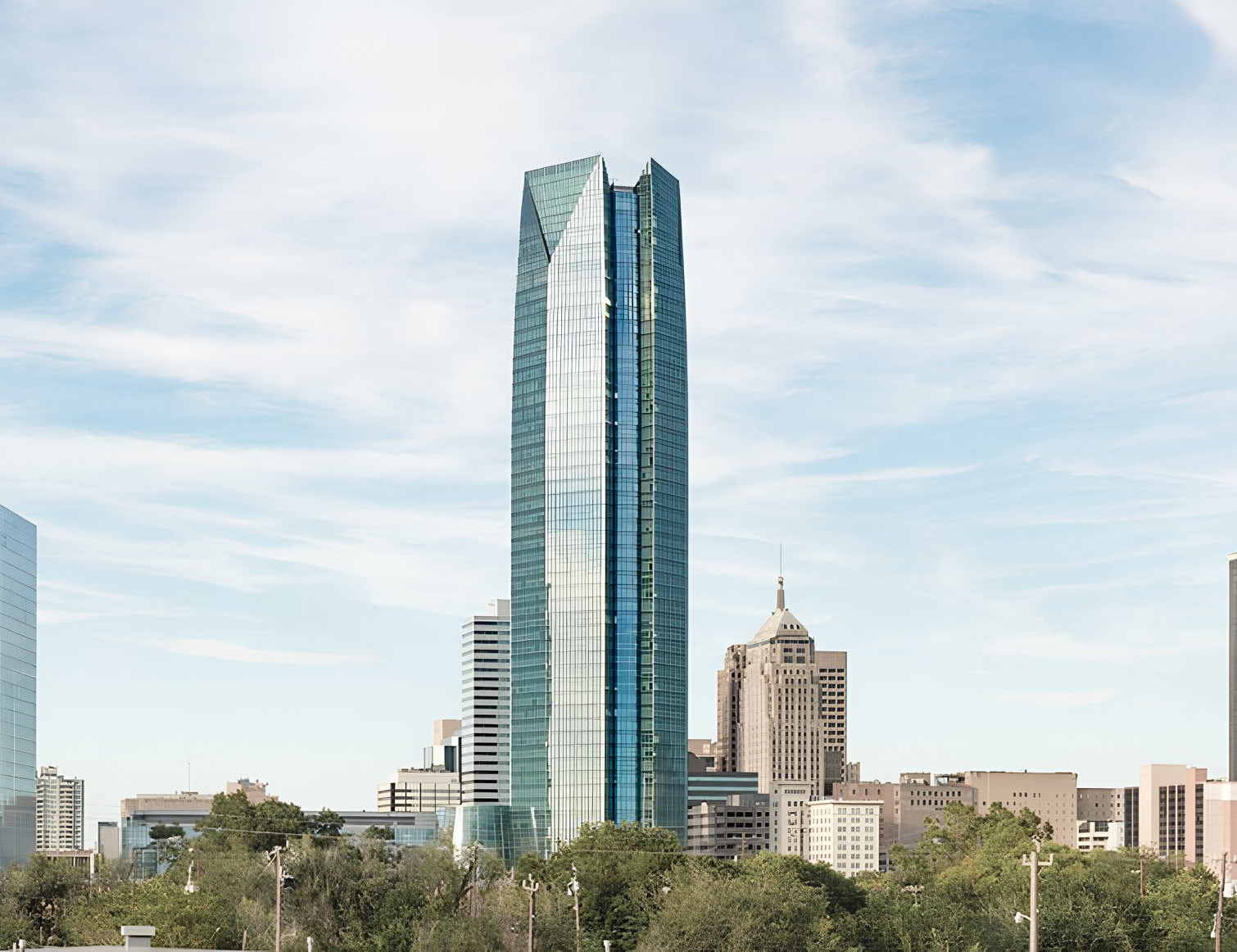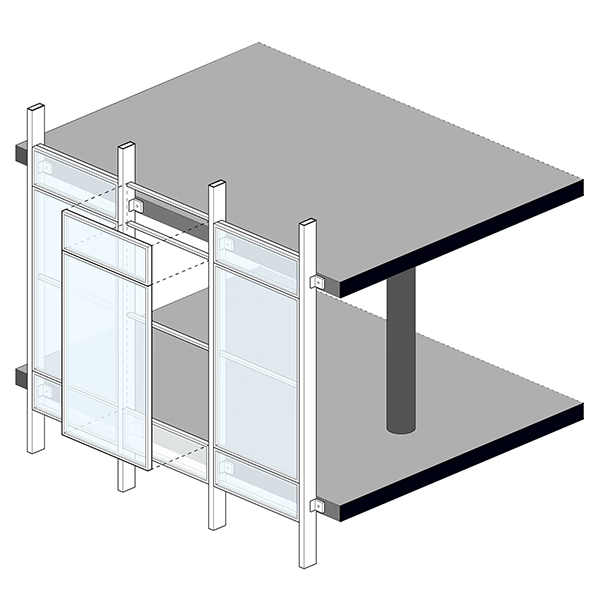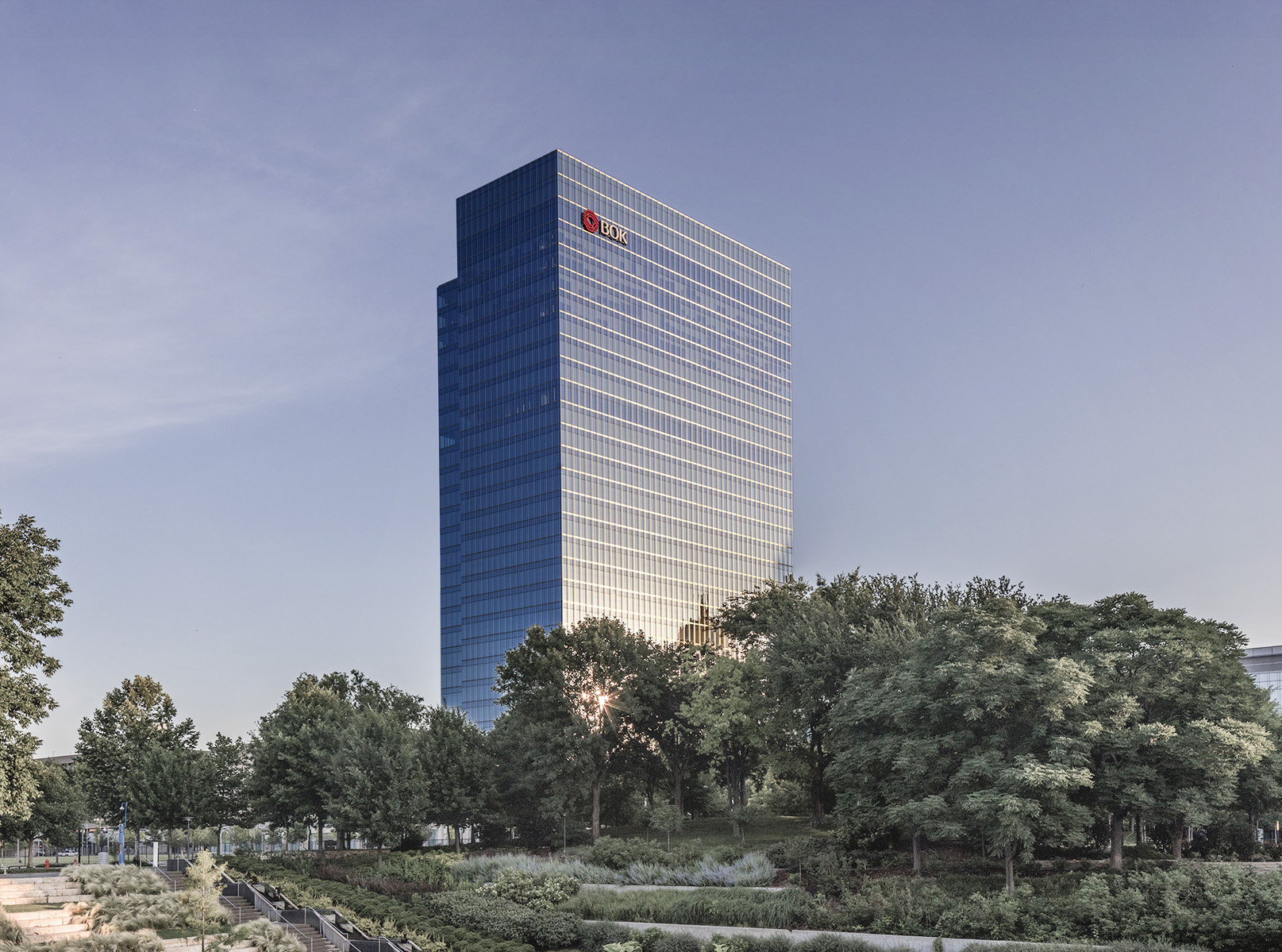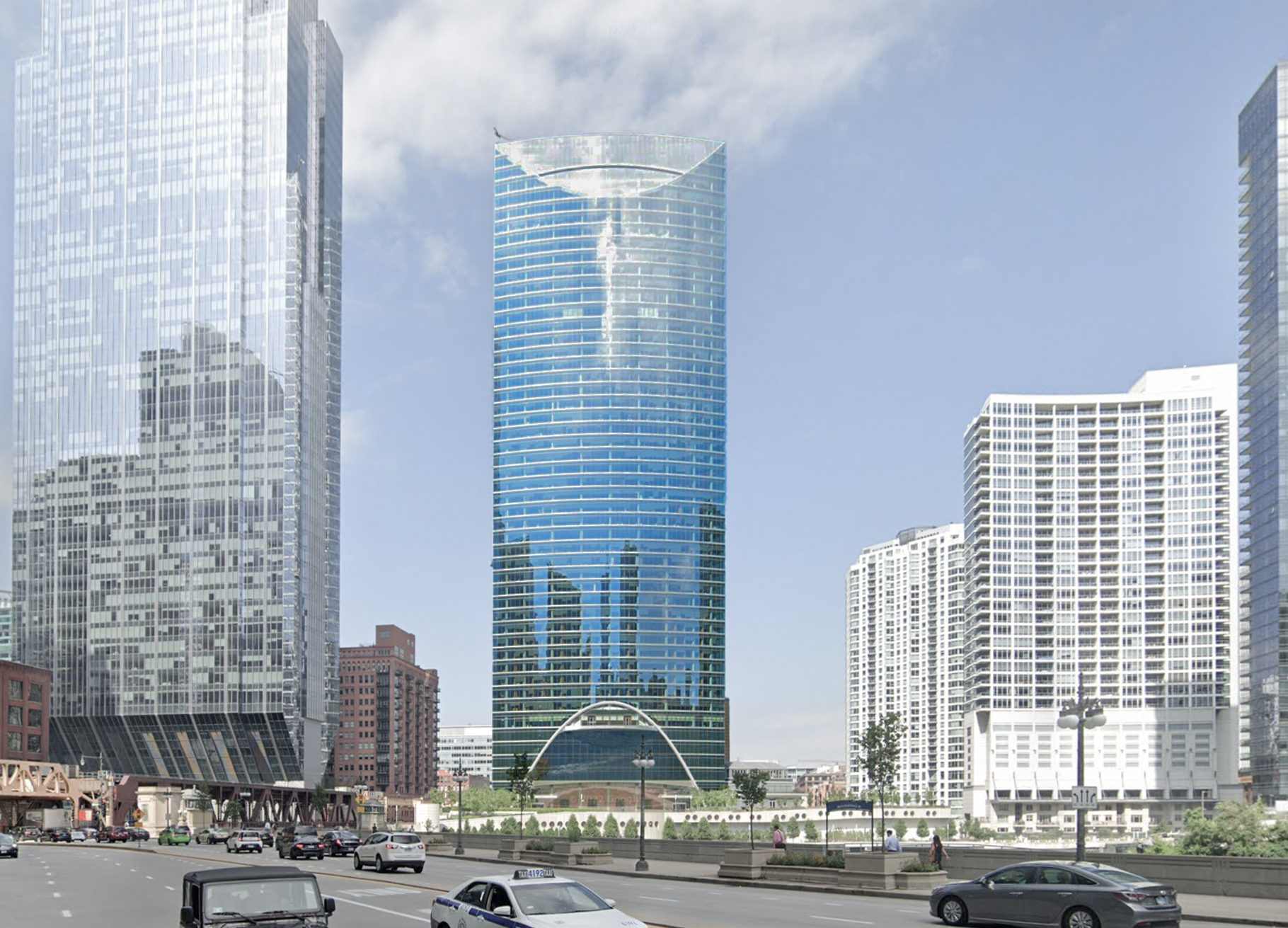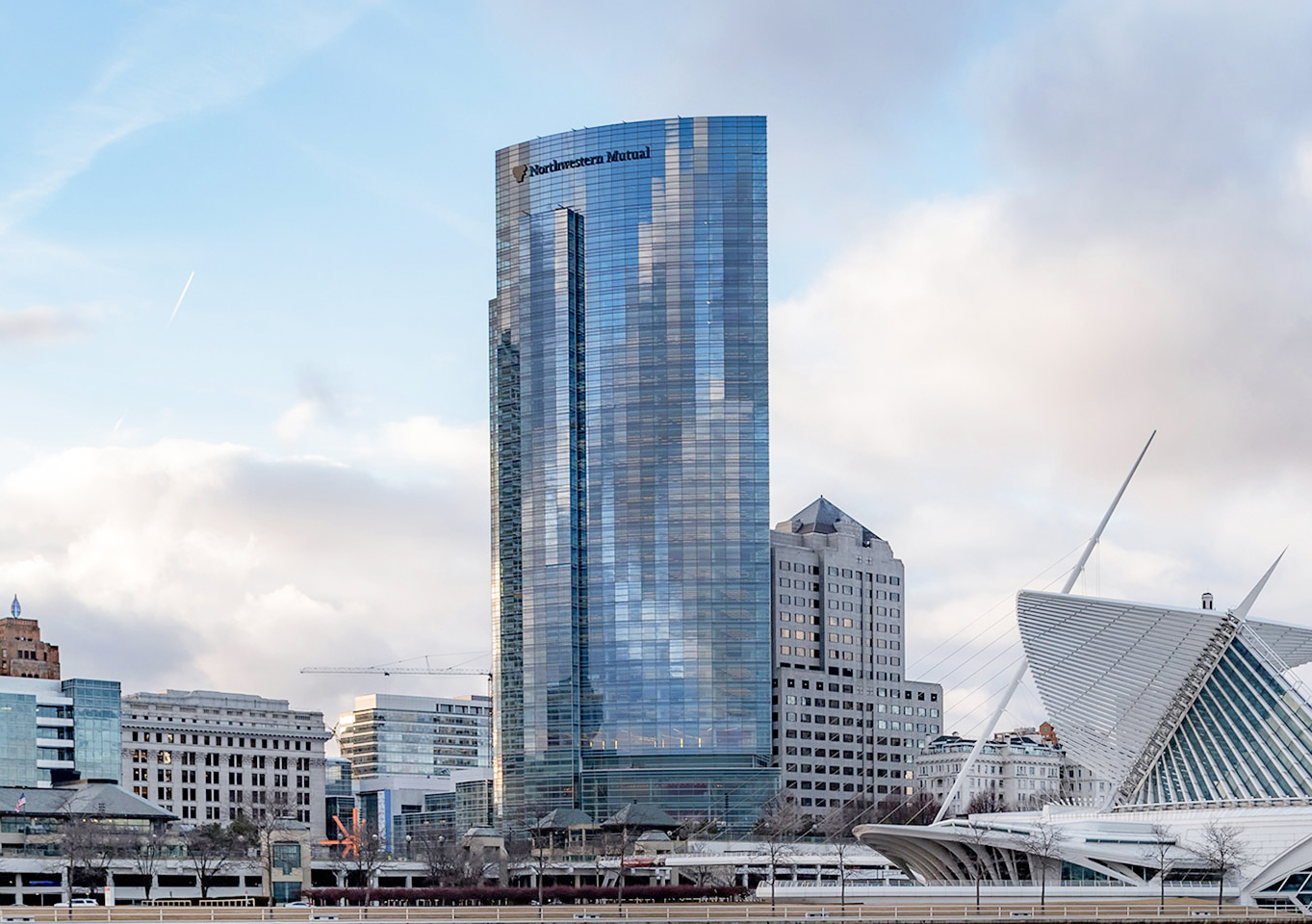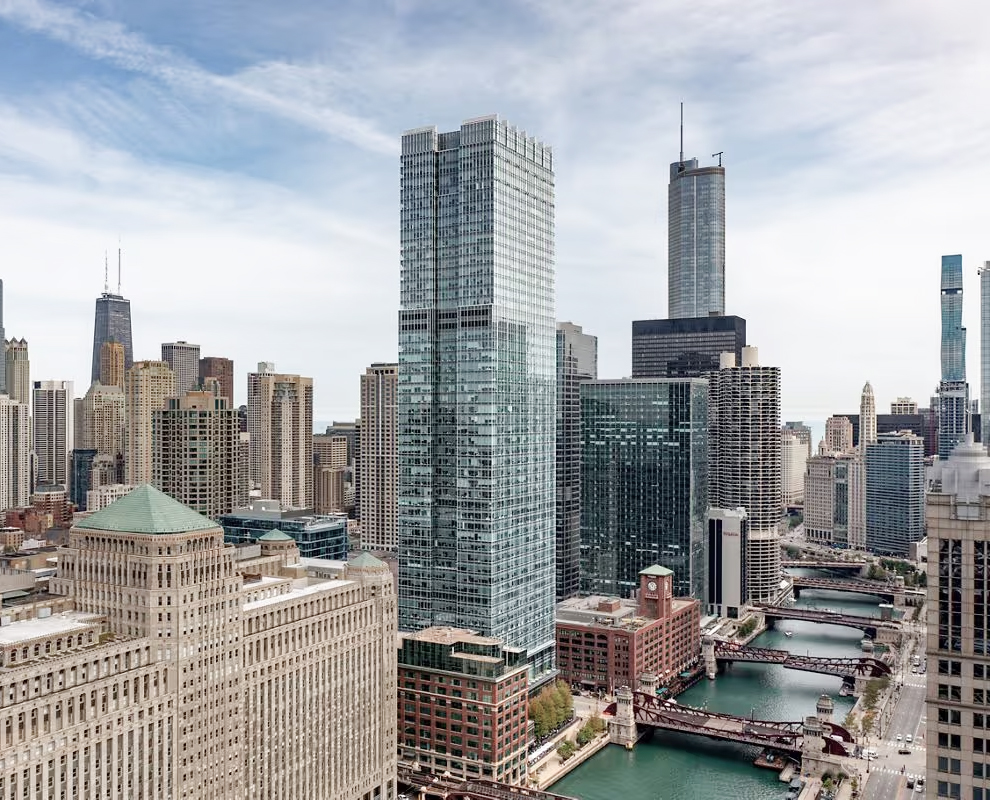The Devon Energy Center is a Contemporary skyscraper designed by Pickard Chilton, in association with Kendall/Heaton Associates, and built between 2009 and 2012, for a reported $750 million dollars, in Oklahoma City, OK.
Its precise street address is 333 W Sheridan Ave, Oklahoma City, OK. You can also find it on the map here.
The Devon Energy Center has received multiple architecture awards for its architectural design since 2012. The following is a list of such prizes and awards:
- High Rise Architecture Award in 2012
- Phoenix Award, Region 6 in 2013
- Architectural Record > Award of Excellence, Good Design is Good Business in 2013
- Urban Land Institute > Global Award for Excellence | 2015 in 2015
- AIA Connecticut > Merit Award in 2018
- Council on Tall Buildings and Urban Habitat > 10 Year Award in 2022
